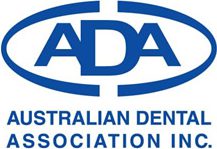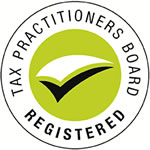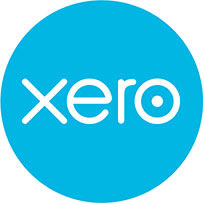What Our Clients Say
Success Stories
Click Here to learn more ►
This information is based on legislation passed on 8th April 2020 coupled with rules published by the Treasurer. Always make sure you access the most recent information and get in touch if you’re in doubt.
Let’s break this down into pieces:
What is the intention of the legislation?
The legislation aims to provide roughly 6.5 million Australian workers, eligible for JobKeeper with a minimum of $1,500 per fortnightly payment to address financial challenges arising from the COVID-19 pandemic.
Over what period does the plan apply?
The plan is operating now and applies through the end of September 2020, at this stage.
Who is an Eligible Employer?
An Employer is eligible to claim JobKeeper if:
Note: GST turnover is as defined for GST purposes.
The turnover test period refers to a month falling between March and September 2020 OR a quarter that starts on April 1st OR July 1st, 2020.
Aggregated turnover is as defined for income tax purposes and includes the ordinary income of connected entities and affiliates (both Australian and foreign).
An Eligible Employer must conduct business in Australia as of 1 March 2020.
A sole trader, partnership, company or trust with one or more individuals actively engaged in the entity’s business (but not as an Employee) may be eligible.
Certain entities are ineligible such as a company where a liquidator is appointed, an individual where a trustee in bankruptcy has been appointed, Major Bank Levy payers, a sovereign entity, a government body or agency, and their wholly-owned subsidiaries.
Who is an Eligible Employee?
To be eligible to claim JobKeeper, an Employee:
An Employee will NOT be eligible if they receive parental leave pay, Dad and partner pay, or other workers’ compensation payments in a period overlapping with the fortnight.
Note: only one Employer is entitled to payment under the plan for the same Employee.
What is the process under the JobKeeper plan?
The main steps include:
When do Employers receive JobKeeper payments?
Employers will receive payments from the Commissioner on or before the later of:
What are the obligations of the Employer?
The Employer must pay to Eligible Employees at least $1,500 (pre-tax) for each JobKeeper fortnight for which it makes a claim. The amount will be adjusted accordingly where an Employer pays monthly.
The first JobKeeper fortnight ends on 12 April 2020, and this would be the first payment due date for some Employers.
How are payments to Employees taxed?
Any payment under the JobKeeper plan is deemed taxable income and the Employer must withhold PAYG income tax. For the amount by which JobKeeper payments exceed the Employee’s actual wages, Superannuation contributions are not required.
What should Employers be doing now?
Employers should put systems in place for April so that the Eligible Employees can receive (in April) payments backdated to 30th March. In that case, Employers can receive the subsidy from the Federal Government in early May. This will be repeated for subsequent months.
How is the Fair Work Act affected?
There are changes to the Fair Work Act so that Employers can manage their workforce more flexibly over the next six months. Employers will be able to unilaterally change the working arrangements of Eligible Employees so that they will be able to stay on the books and qualify for JobKeeper, instead of being retrenched.
Important points include:
Prerequisites include that the Eligible Employee cannot be usefully employed for their normal days or hours of work because of changes attributable to the COVID-19 pandemic AND during a JobKeeper enabling stand-down period, the Eligible Employer must meet an ‘hourly rate of pay guarantee’ by paying at least the same hourly rate that the Eligible Employee would have received, on a pro-rata basis.
Some specific requirements apply to ensure these are safe and reasonable. An ‘hourly rate of pay guarantee’ also applies to directions to perform different duties.
On what subjects does the ATO (Australian Taxation Office) have discretion?
The ATO can exercise its discretion on subjects such as:
What remains unclear under the plan?
Some factors which need clarification include:
Please get in touch to consider how this program can be utilised in your business.
Whether you’re an established business or investor, or just starting out, we’ll make sure you move your business beyond the numbers… while we focus on your growth potential.
When you work with us you will benefit from:
1. Leadership
2. Intelligent Solutions
3. Systemisation and Automation
4. Communication in simple terms
5. Business Coaching
6. Smooth Compliance
7. Resourceful Networking


















As accountants, we want our clients to build resilient and successful businesses. That means...
read more >For business owners aiming for growth and stability, keeping track of critical financial...
read more >When is the right time to sell your business? We hear replies ranging from “I don’t plan...
read more >
Level 14, 3 Parramatta Square, 153 Macquarie St, Parramatta NSW 2150
Suite 294,1 Barratt Street Hurstville NSW 2220
grow@wealthpreneur.com
+61 ( 2 ) 8896 6166